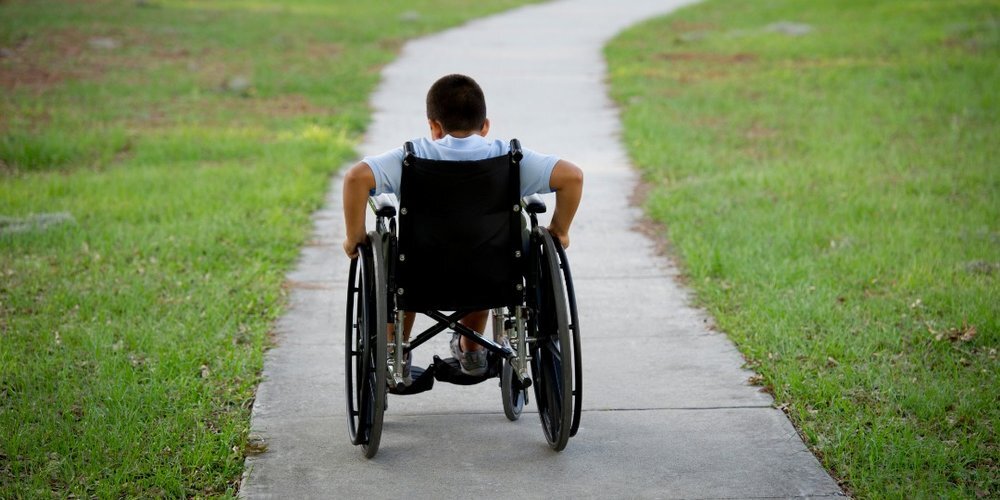97% of rural population covered by community-based rehabilitation

TEHRAN – The national community-based rehabilitation program has so far covered 97 percent of the country's rural population, according to the Welfare Organization’s website.
The program started in the country in 1995 and is now part of the Sixth Development Plan (2016-2021) and has so far been able to cover 97 percent of the country's rural population.
Every year, about 480,000 people with disabilities covered by this program receive various services of health, education, financial assistance, social activities, and empowerment in rural areas with the help of governmental and non-governmental sectors and community members, Mohammad Nafarieh, deputy head of the Welfare Organization said.
Rural community-based rehabilitation (CBR) strategy includes rehabilitation, poverty reduction, equalization of opportunities and social integration of all persons with disabilities through the joint efforts of the disabled and their families, organizations and communities, the public and private sector, he explained.
“The CBR matrix developed by the World Health Organization in 2010 includes five key components, including, health, education, livelihood, social, and empowerment, each of which has five components.
The first four components are related to key development sectors, which indicates the focus of the multi-sectoral approach in CBR,” he noted.
He went on to state that the last component is the empowerment of people with disabilities, their families, and society, which is the basis for ensuring that people with disabilities have access to all areas of development and the quality life and human rights.
In recent years, efforts to develop and implement CBR has been more concentrated in rural areas, but since people with disabilities living in low-income and densely populated urban areas (suburbs) often do not have access to rehabilitation services, the program is implemented in urban areas since two years ago in 5 deprived provinces and 25 cities, he highlighted.
This program is designed with the aim of improving the level of health and physical, mental and social capabilities of people with disabilities living in villages and marginal areas and includes three stages, he further said.
Last year, a plan on the rehabilitation of the elderly was implemented in 19 provinces across the country, he concluded.
Over 1.3m persons with disabilities live in Iran
Pirouz Hanachi the mayor of Tehran said that over 1.3 million people suffering from disabilities live in the country and the figure rises by 50,000 every year.
Majlis [the Iranian parliament] approved both general outlines and details of a bill on the rights of persons with disabilities in January 2018. Development of disability-friendly cities, free transportation, health insurance, free education, job creation, housing loans, and fewer working hours are some of the articles of the law.
Since the approval of the law, education for students with disabilities have been provided in Azad universities, subsidies for patients with spinal cord injury as well as disability care centers have been increased, he stated, adding, 1,057 residential units will be provided to families having members with disabilities within next week.
Disability prevalence worldwide
About 15 percent of the world's population lives with some form of disability, of whom 2-4 percent experience significant difficulties in functioning.
The global disability prevalence is higher than previous WHO estimates, which date from the 1970s and suggested a figure of around 10 percent. This global estimate for disability is on the rise due to population aging and the rapid spread of chronic diseases, as well as improvements in the methodologies used to measure disability.
FB/MG
Leave a Comment